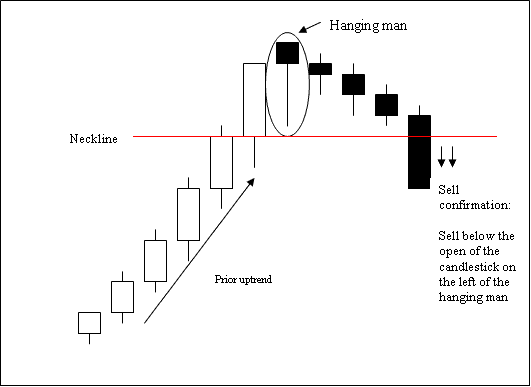Today, I want to discuss how to go about determining the amount of money you should risk per trade.
There are numerous ways to determine this amount but I have developed my own technique which is still being tested as I continue to learn and trade. But I will be sharing this technique with you and it could help you get started.
The first thing you need to consider is the amount of money you are willing to risk. And this could be an arbitrary number that you are comfortable losing per trade. aka, something that you can lose and you can still sleep peacefully at night.
This figure could also be a percentage of your total capital. Perhaps no more than 5% for a start. This means that if you start trading with $5000, you should not risk more than $250 per trade.
Personally, I do not risk the same amount for every trade. It depends on 3 factors that I have incorporated in order to minimise my risk and maximise my earnings.
The 3 factors are:
Direction of the trade (Long or Short?)
Trend of the stock (Up or Down?)
Sector Performance (Up or Down?)
By answering these 3 questions, it helps me to determine exactly how much I should be risking per trade.
Lets use an example of a stock that I recently identified as a potential trading opportunity.
A bullish setup for MWV (NYSE) has presented itself.
So, going back to the 3 questions,
Direction of the trade (Long or Short?) - I want to enter
long
Trend of the stock (Up or Down?) - I will consider this stock to be on the
uptrend because of the higher highs and higher lows
Sector Performance (Up or Down?) - The sector here is
Packaging & Containers which is
down the previous day. I check the performance using
Yahoo Industry Index.
Having answered all 3 questions, here is how I determine my risk amount. I have 3 risk amounts, $400, $600, $800 for high risk, medium risk, low risk respectively.
Low risk is when the trend and sector are in the same direction of the trade.
Medium risk is when either the trend or sector are in the same direction of the trade.
High risk is when neither the trend nor the sector are in the same direction of the trade.
So using the example above, only the trend is in the same direction as the trade. (Long & Uptrend)
Therefore, I will risk $600 if I were to enter this trade.
I hope you have gained the simple concept of risk management by reading this post.
As always, happy trading.
Cheers.




















































